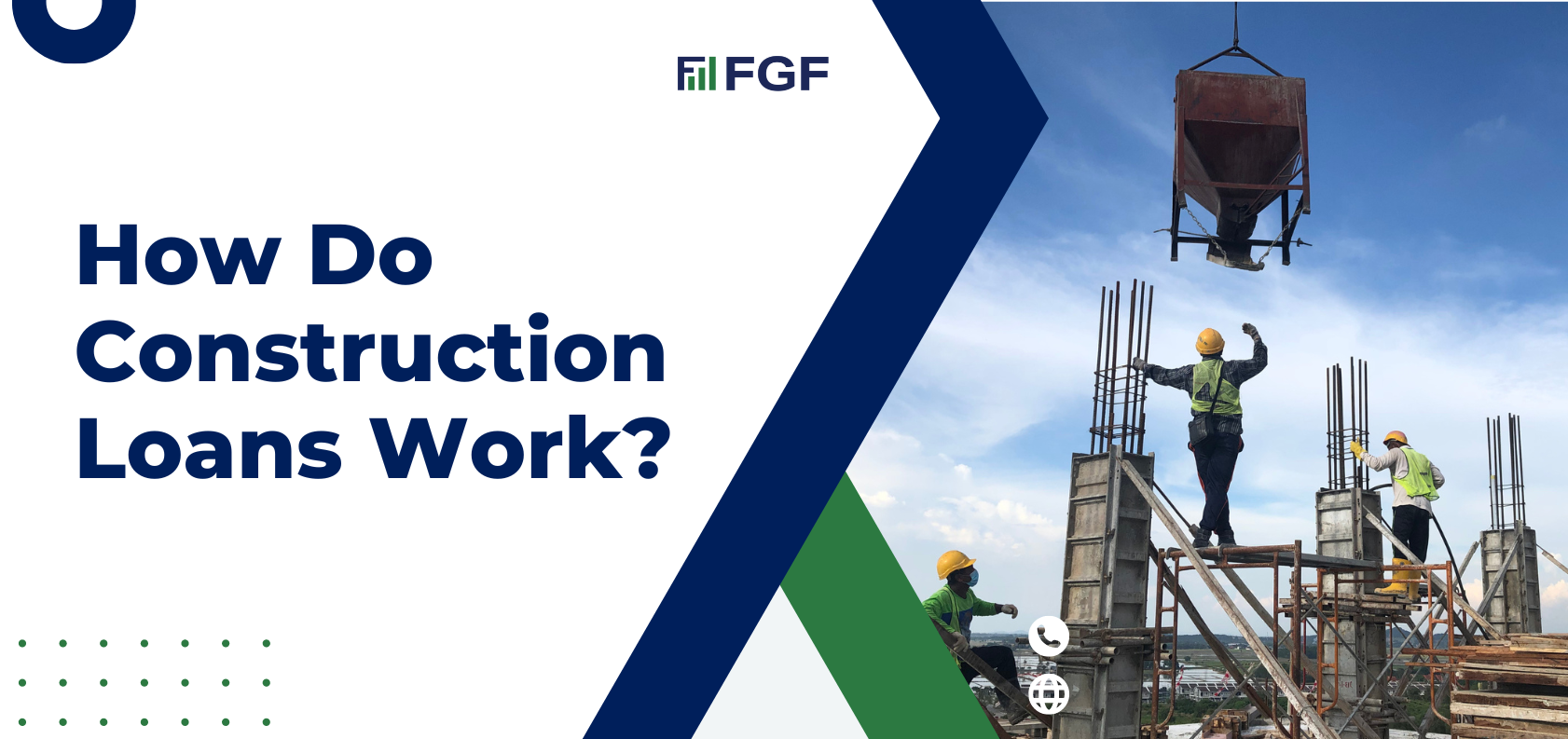If you're thinking of building your dream home in Australia, you might be wondering how construction loans work. In Australia, construction loans provide the necessary financial support to cover the costs associated with building or renovating a property. Unlike a regular home loan, where you get a lump sum of money upfront, a construction loan is paid out in stages as your builder completes different parts of the project. This way, you only pay interest on the amount of money you've actually used, and you can avoid overspending on your budget.
There are a few things you need to know about construction loans before you apply for one. First, you need to have a detailed building contract with your builder that outlines the scope of work, the timeline, and the cost breakdown of each stage. This contract will be used by your lender to assess your loan application and to determine how much they're willing to lend you.
Second, you need to have a contingency fund of at least 10% of the total cost of the project to cover any unexpected expenses or delays that might arise during the construction process.
Third, you need to be prepared for regular inspections and valuations by your lender or their representative to ensure that the work is progressing according to the contract and that the quality is satisfactory.
Loan Features and Requirements
a) Loan Amount and LVR (Loan-to-Value Ratio): The loan amount you can obtain for a construction loan typically depends on the value of the land plus the estimated cost of construction. The maximum loan-to-value ratio (LVR) is generally around 80% of the total project cost, meaning you will need to contribute at least 20% as a deposit.
b) Construction Period: Construction loans have a specific time frame known as the construction period, during which the funds are progressively disbursed. This period can range from 6 to 24 months, depending on the lender.
c) Interest Rates: Construction loans usually have variable interest rates, which means they can fluctuate over time. It's essential to carefully consider the interest rate and repayment terms offered by various lenders to find the most suitable option for your needs.
d) Loan Repayment: During the construction period, you may only need to make interest-only payments on the loan. Once the construction is complete, the loan will transition to a regular home loan, and you'll start making principal and interest repayments.
Qualifications for a Construction Loan
To qualify for a construction loan, the lender will likely send someone to evaluate the site where you plan to build your home. This valuation is done to assess the value of the completed home-to-be. Once the lender receives the valuation and is satisfied, they may approve you for a construction loan, giving you the green light to proceed.
After this, the qualifying process for a home loan follows the usual steps, and you'll need to make a deposit on the property, similar to a standard home loan. To meet the lender's requirements, you should:
• Demonstrate responsible savings habits.
• Have a good credit rating.
• Meet the deposit requirements set by the lender.
• Provide evidence that you can repay the loan over time, which can include providing payslips, bank account balances, and transaction history.
It's important to keep in mind that when you apply for a construction loan, the building contract is finalised and includes all the necessary details, such as the construction stages, payment schedule, and associated building costs. Even minor changes to the plan may require the lender to reassess your construction loan application.
The Construction Loan Process
a) Application and Pre-Approval: Begin by researching different lenders and their construction loan products. Once you've chosen a suitable lender, you'll need to complete an application, providing details about your income, expenses, and the project itself. The lender will assess your application and provide pre-approval if you meet their criteria.
b) Obtaining Quotes and Approvals: To secure final loan approval, you'll need to provide detailed plans, specifications, and quotes from registered builders or contractors. The lender will evaluate these documents to ensure they meet the necessary standards and confirm that the loan amount aligns with the project cost.
c) Progress Payments: Once the loan is approved, the lender will determine a payment schedule based on the project milestones. As each milestone is completed, a valuer will inspect the site to confirm the progress before the funds are released.
d) Transition to Permanent Financing: Once construction is complete, the loan will transition to a regular home loan. This may involve refinancing the loan with the same lender or a different one, depending on your preferences and the available options.
Construction loans can be a great way to finance your dream home in Australia, but they also come with some challenges and risks. You need to do your research, plan your budget carefully, and choose a reputable builder and lender.
Are you planning to apply for a construction loan?
Let's talk about your financial goals and the solutions suitable for you. We can help you find the best loan available in the market.
Please get in touch with us directly. Our knowledgeable advisors and trusted brokers will work with you to determine your objectives and screen and help select a provider that meets your needs.
Contact us through the following channels:
- Phone: (02) 9630 3142
- Email: [email protected]

